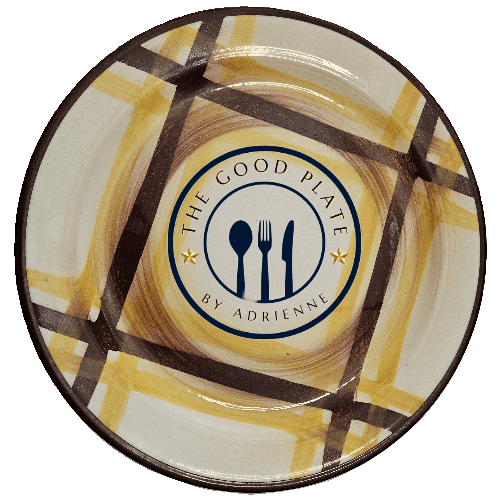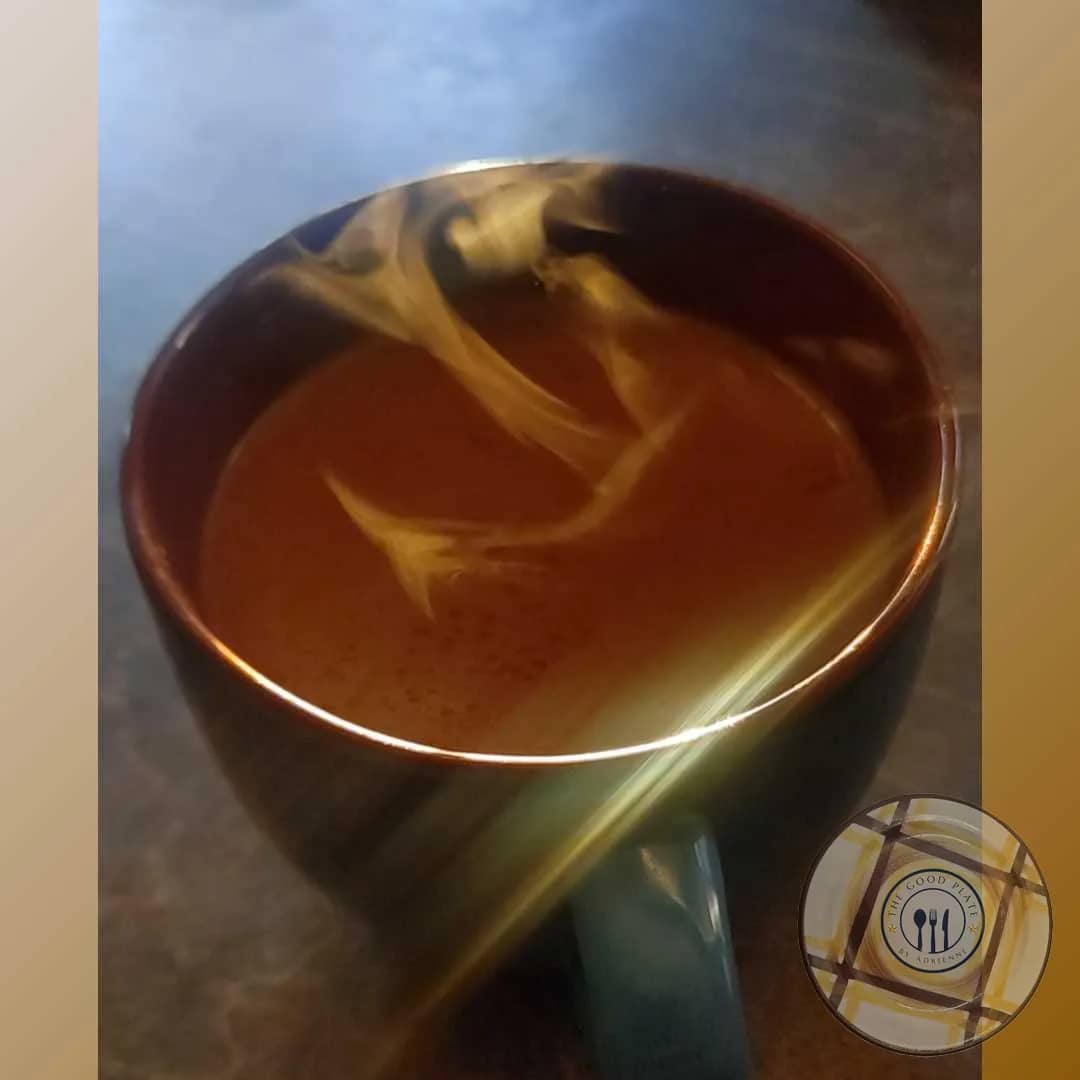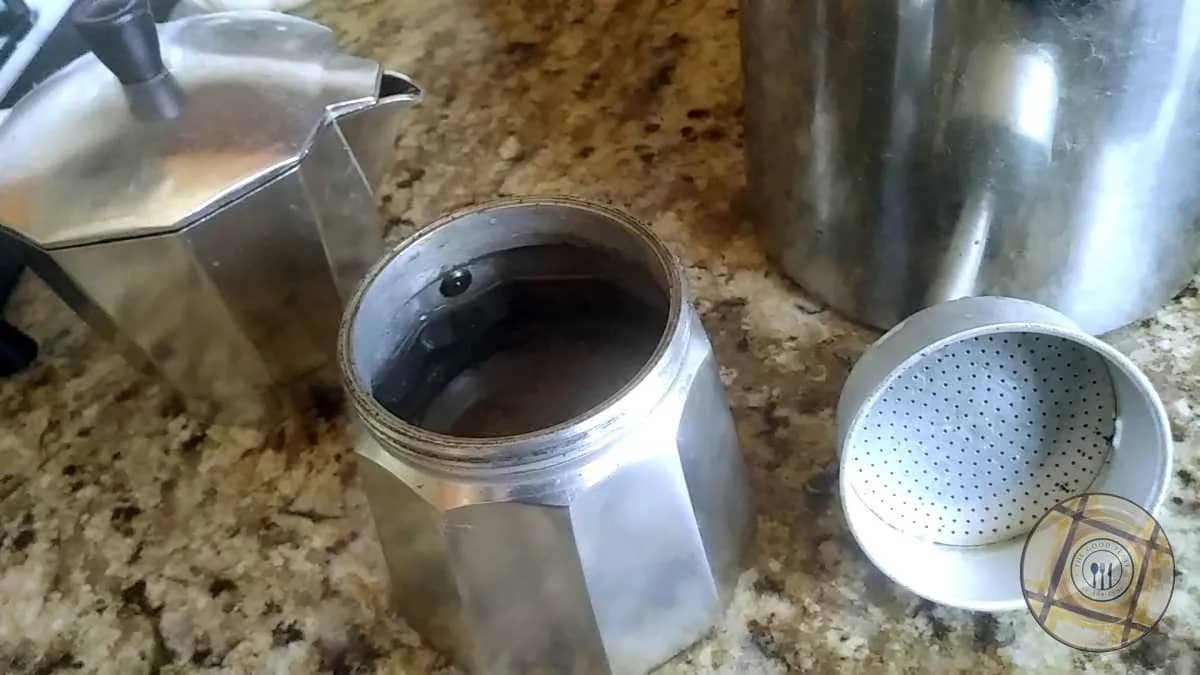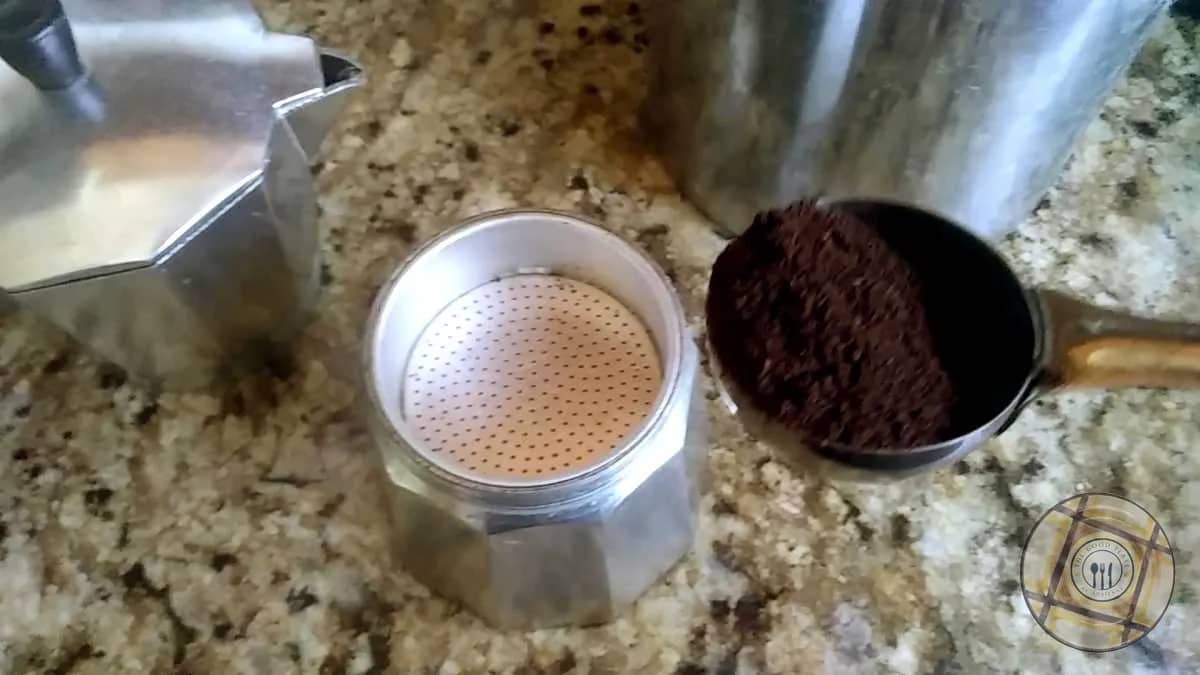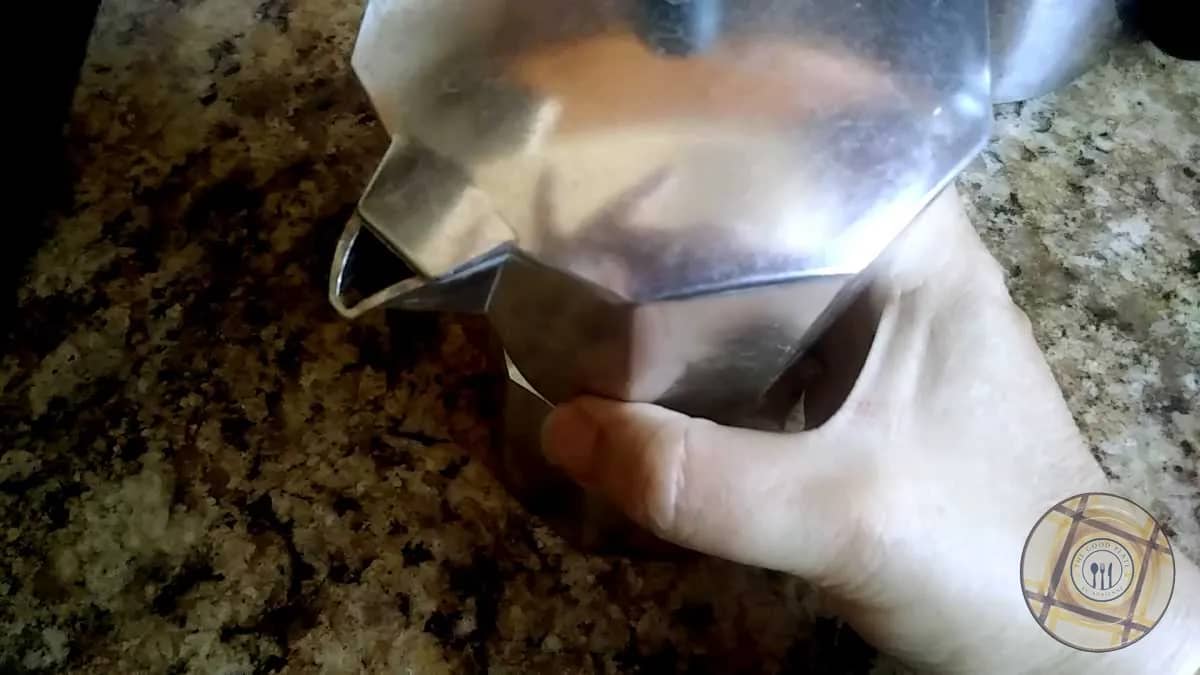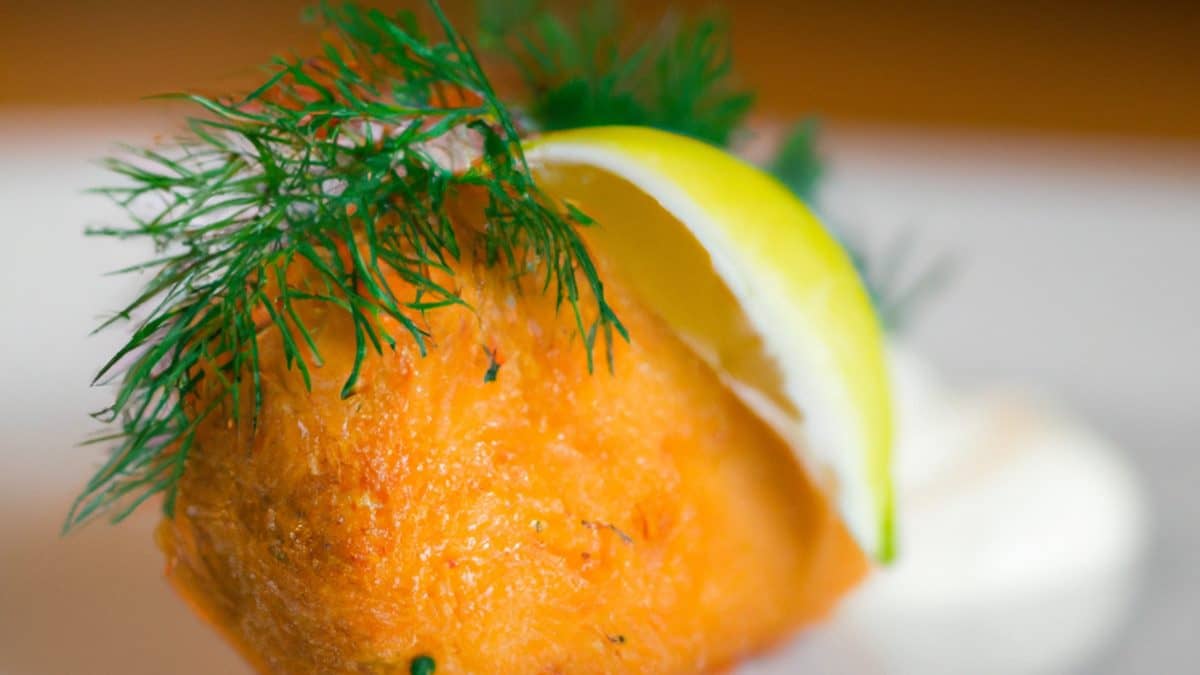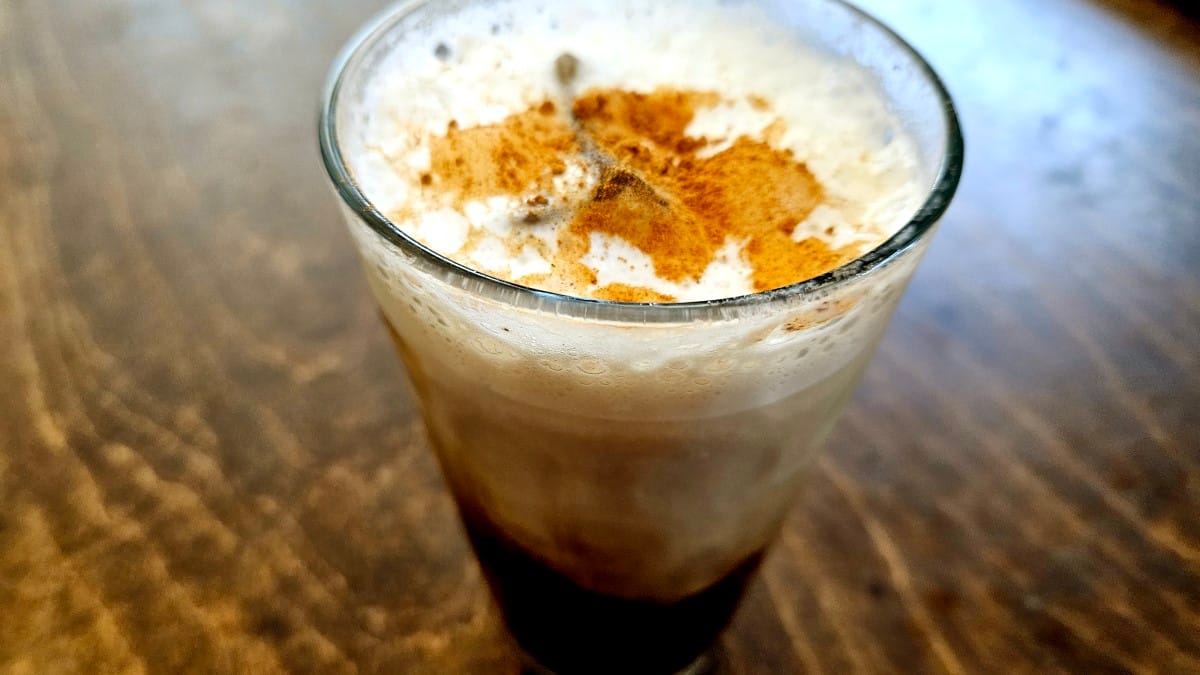Espresso without a machine? Use a stovetop *moka pot and don’t worry—I’ll walk you through every step. This method is perfect for recipes like my No-Bake Strawberry Rose Tiramisu or just your everyday caffeine ritual.
Why Use a Stovetop Moka Pot?
The moka pot is a humble kitchen icon. Invented in 1933 by Italian engineer Alfonso Bialetti, it became a staple in nearly every Italian home within a generation. Compact and stylish, it offered a way to enjoy café-style espresso at home—no machine, no barista, just heat and pressure.
Unlike high-end espresso machines, moka pots are:
- Affordable
- Durable
- Electric-free
- Easy to store
- Perfect for small kitchens, camping, or travel
You won’t get the same crema as a machine, but the moka pot delivers a rich, concentrated coffee flavor that’s perfect for sipping or adding to recipes.
You can also get a *manual milk frother. I have one and I love it. Usually, I like putting cold frothed milk in my espresso, but, sometimes when it’s cold, it’s nice to be able to put the frother in the microwave and heat my milk.
Size Matters: Understanding Moka Pot Cups
Moka pots come in various sizes—1, 3, 6, 9, or even 12 cups. But here’s the catch: when they say “cups,” they mean demitasse or espresso cups (about 2 ounces), not your morning mug. So a 6-cup moka pot makes roughly 12 ounces of strong coffee—just enough for a few tiramisu layers and a little pick-me-up for the cook.
My Recommended Coffee
My favorite for moka brewing is Café La Llave, a rich Cuban-style espresso grind that’s bold, aromatic, and perfect for dessert recipes. You’ll find it in most Latin markets, or order it online—it’s affordable, flavorful, and moka pot-friendly.
Step-by-Step: Stovetop Moka Pot Espresso
- Fill the base with water
Unscrew the bottom and fill the chamber with water just up to the little pressure valve—it looks like a tiny pimple on the inside. Don’t go above it. - Add your coffee grounds
Take the filter basket and fill it with finely ground espresso. I like mine strong, so I heap up three scoops. Level it off and pack gently. - Assemble the moka pot
Screw the top on tightly. Make sure the seal is clean and the gasket is seated correctly. - Heat it low and slow
Set it on the stove over low heat. If your moka pot is small, use a reducer ring to keep it balanced. Listen for the bubbling—that’s your espresso flowing. - Pour and enjoy
Once it’s done, turn off the heat and let it sit for 30 seconds to settle down. Pour the espresso into your cup of choice. - If you want frothed milk, put milk into a *manual milk frother, froth it, and gently pour or spoon it on the coffee.
- If you want to be extra special, dust the foam with *Penzey’s Vietnamese Cinnamon.
Email Me the Recipe
Espresso in the Moka Pot
Equipment

If you purchase any of the products through these affiliate links, I get a few pennies that help keep The Good Plate open. I use these products myself and want you to be able to easily find them.
Ingredients
- 8 oz water, fresh
- 18 g espresso grind coffee, Cafe Llave preferred
- 4 oz milk
- ½ tsp cinnamon, Penzey's Vietnamese preferred
Instructions
- mise en place
- 8 oz waterTake the pot apart. Fill the bottom half with water to the pressure valve. It looks like a little pimple.
- 18 g espresso grind coffeeAdd coffee to the coffee filter. Pat it down and remove any from sides.
- Make the sure gasket is securely on the bottom of the top portion of the pot. Screw the top on.
- Put the pot on a low flame on the stove top and let it cook.
- The coffee is done when you hear it loudly bubbling. Take a look at the top to make sure the chamber is filled then turn the heat off and let the coffee sit for 30 seconds to settle.
- 4 oz milkIf you want frothed milk, add the milk to the bottom of the frother and put the plunger in. Plunge repeatedly until the milk has frothed to your liking.
- Pour the hot coffee into the cup of your choice, then carefully pour or spoon the frothed milk on top.
- 1/2 tsp cinnamonTo be extra fancy, dust the top with Penzey's Vietnamese Cinammon.
